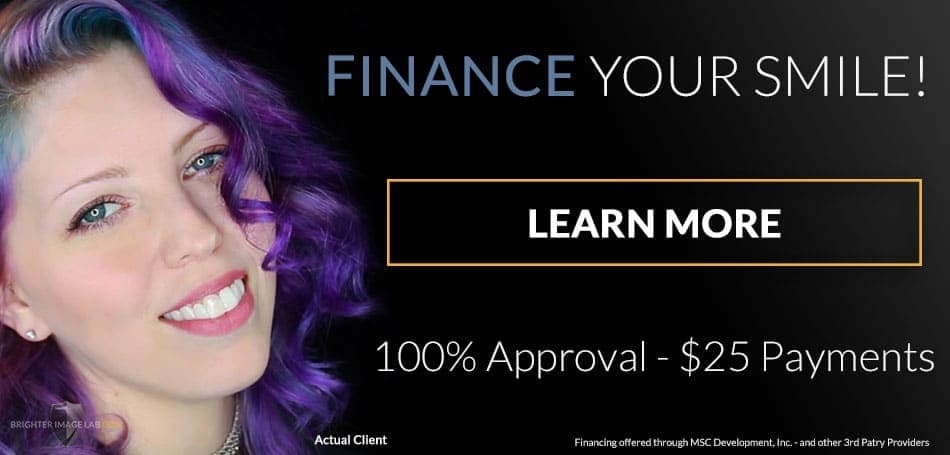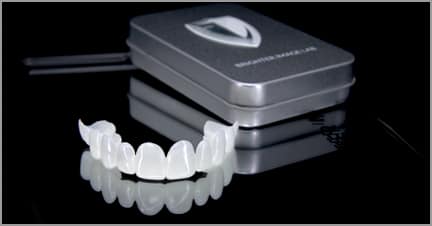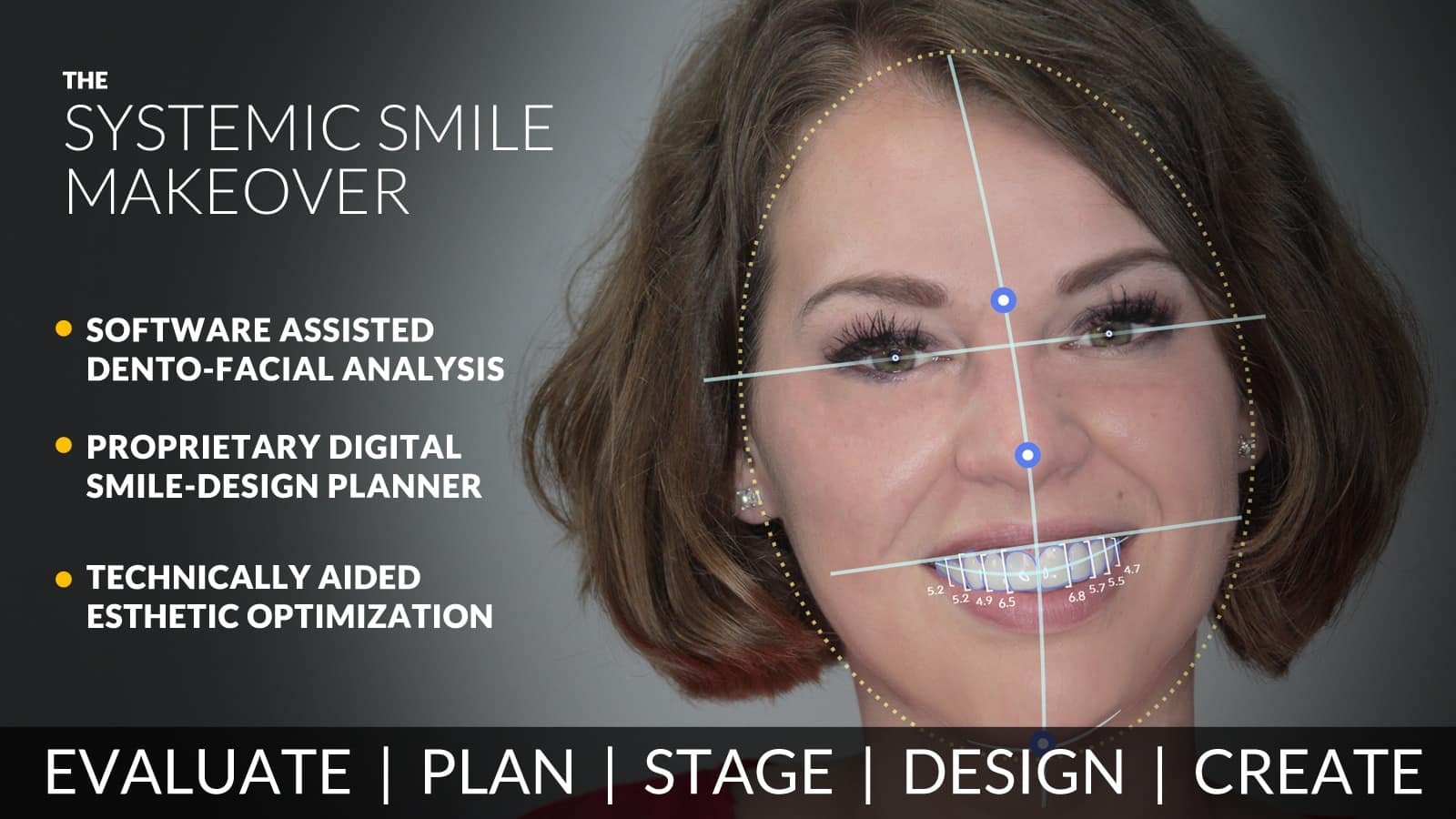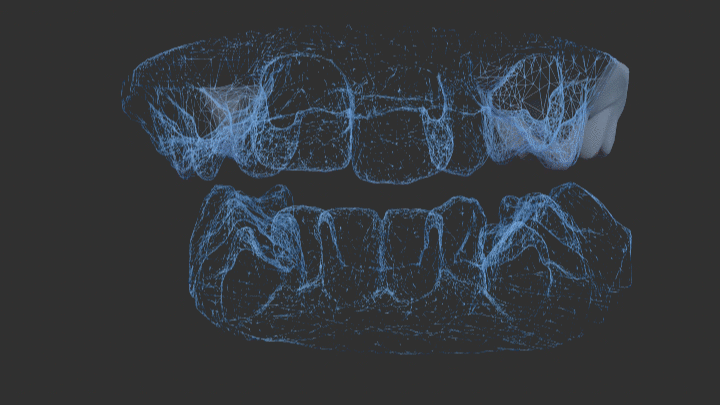Too Much Fluoride Causes Damage to the Teeth – How Much Is Too Much?
Spots, specks, stains, dings, and damage.
All of these unsightly dental conditions are a result of being exposed to TOO MUCH fluoride.
Known as fluorosis, this cosmetic condition permanently changes the health of your teeth.
It should come as no surprise that fluorosis was rarely found in western countries prior to the widespread use of fluoride in the dentist industry.
Dental fluorosis rates have been on the rise for years and have now reached groundbreaking levels. Information collected from a survey by the Center for Disease Control revealed that:
- 41% of American adolescents have some form of fluorosis.
- That’s an increase of 400% from just 60 years ago.
- Dentists continue to push fluoride treatments without properly informing parents of the potential risks
- Pediatric dentists fail to adequately educate on how to measure and manage the amount of fluoride the child is consuming.
From what it is, to what causes it and how to prevent it, here is absolutely everything you need to know about fluorosis and your teeth.
What Is Fluorosis?
Fluorosis is a dental term that describes the developmental disturbance in regard to the enamel. It is not a disease, but rather a cosmetic condition. Consuming fluoride is especially concerning during the years when the teeth are developing, typically up to age 8.
The effects of fluoride on tooth enamel include lowering mineral content and an increasing porosity. Typically, the dentist measures the damage by examining the surfaces of the teeth when clean, dry and under good lighting.
If the dentist suspects dental fluorosis, they can further examine your teeth and gums. X-rays are beneficial to make sure the teeth do not have any other defects, like cavities.
Dental fluorosis causes varying degrees of both aesthetic and physical damage to your teeth.
Dental Fluorosis and Discoloration of Teeth
The visual effects of fluorosis dictates the severity and varying degrees of damage:
- Healthy, Normal Teeth: Appear to have a smooth, glossy surface, that’s typically a pale white color.
- Moderate Fluorosis: Moderate cases will affect all enamel surfaces of the teeth. The surfaces will show wear as brown staining as the main feature. Teeth can also begin to erode and even crumble.
- Severe Fluorosis: In severe cases of dental fluorosis, the enamel can become discolored. Stains will develop over time, which is due to diffusion of exogenous icons, such as iron and copper, into the abnormally porous enamel. These stains appear brown and are widespread, making the teeth look corroded. All enamel surfaces are now affected. The general form of the tooth may also be affected.
Dental fluorosis causes something that is called intrinsic discoloration.
What this means is that the inner structure of your tooth, the dentin, darkens or gets a yellow tint. These intrinsic stains are much deeper in the tooth and are permanent. It is usually not possible to neutralize or lighten this type of discoloration.
What Causes Fluorosis?
Fluorosis is caused by being exposed to too much fluoride.
Uncontrolled fluoride consumption’s damaging powers are vast. Health problems associated with too much fluoride include toxicity, bone cancer, brain cell damage, muscle disorders, arthritis, bone fractures, cell death, blood disorders, infertility, and dental fluorosis.
Fluoridated water accounts for 40% of all dental fluorosis cases.
We consume these (sometimes) dangerous levels of fluoride via drinking water, children’s formula, foods prepared with public drinking water, toothpaste, and mouthwash. Too much fluoride can lead to fluoride toxicity!
How To Prevent Fluorosis
This is a simple case of “You better be safe than sorry” and keep you and your family safe by avoiding fluoride. Follow these simple safety tips:
- Drinking filtered and purified water
- Using a homemade or all natural fluoride free toothpaste
- Making a fluoride free mouthwash
One of the important factors to take into consideration in preventing fluorosis, especially in children, is to monitor fluoride intake to ensure they do not ingest too much fluoride.
To prevent excess fluoride exposure in young children:
- Monitor toothbrushing to make sure not too much toothpaste is used
- Teach them not to swallow toothpaste
- Avoid giving them tap water and offer filtered water instead
- Cut back on drinks that contain fluoride such as fruit juices, bottled water, and soft drinks
Now that you’ve read everything you need to know about fluorosis, there is only one last thing to discuss…
How To Get Brighter & Whiter Teeth
You can unlock your smile’s potential with Lab Direct custom removable veneers – a new technology from Brighter Image Lab – named PressOn Veneers!
Check out these incredible reasons why removable veneers are a great choice to make your smile sparkle:
- Enhances esthetics
- Whitens & brightens teeth
- Lengthens small teeth
- Reshapes smile
- Highlights your smile
- Increases confidence
- Fills unsightly gaps
- Covers stains
- Alters the look of teeth
Furthermore, you can easily take the first step in creating your custom PressOn Veneers from the comfort of your couch because there is no need to visit a dentist. All of the materials you need to get started are delivered directly to your house.
No matter what type of result you are looking for, your dental dreams can come true with Brighter Image Lab.
Let us introduce you to the life changing magic of removable dental veneers.
Come see how we can improve your smile in a way that you never thought imaginable. You truly owe it to yourself to look at BrighterImageLab.com.



















